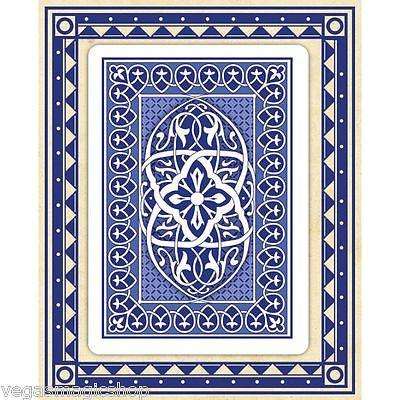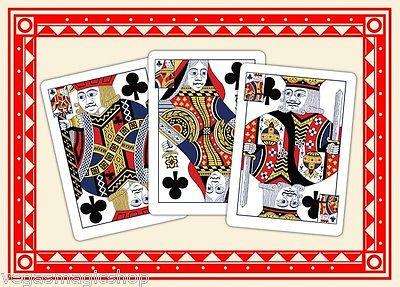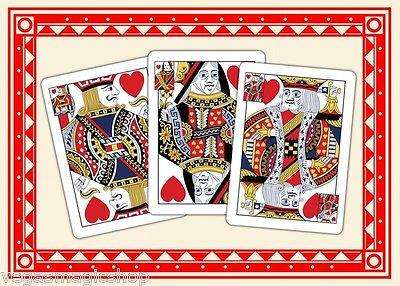




Triplicate No.18 Blue Playing Cards Deck USPCC
The Triplicate No.18 deck was the first of its kind. Andrew Dougherty was granted a U.S. Patent for the Triplicate feature which was a miniature card placed in the top left and bottom right corners. It was a revolution in the way cards could be held and viewed. The decorative ace of spades and the wrapper for the first No.18 Triplicate deck showed a fanned hand of cards with the triplicate miniature indices viewable on each card.
The
The tuck box, back design and ace of spades have been approved by the






